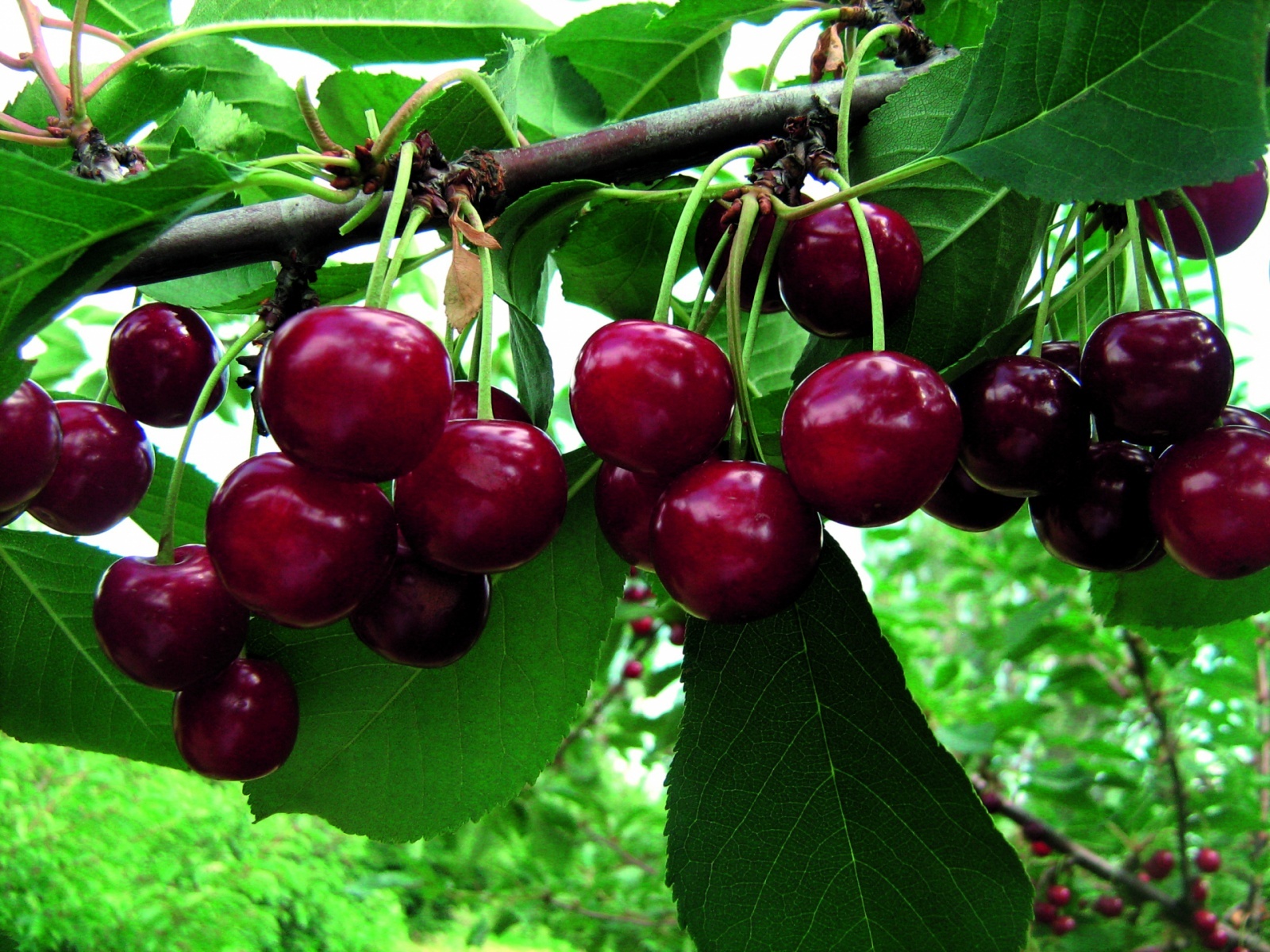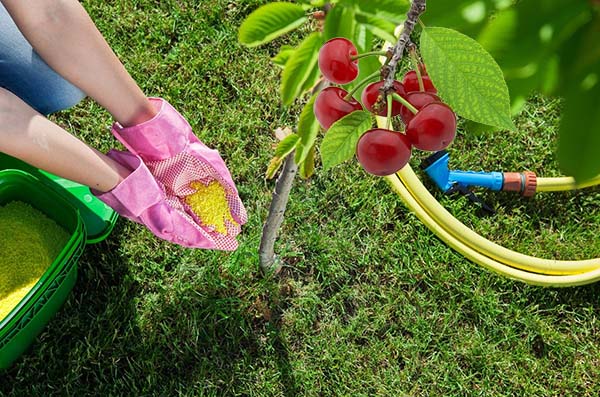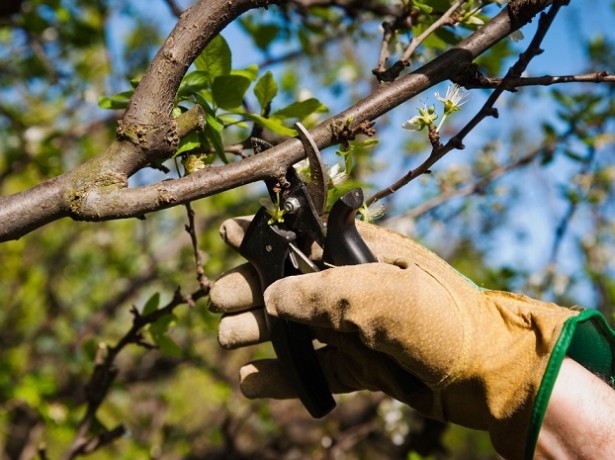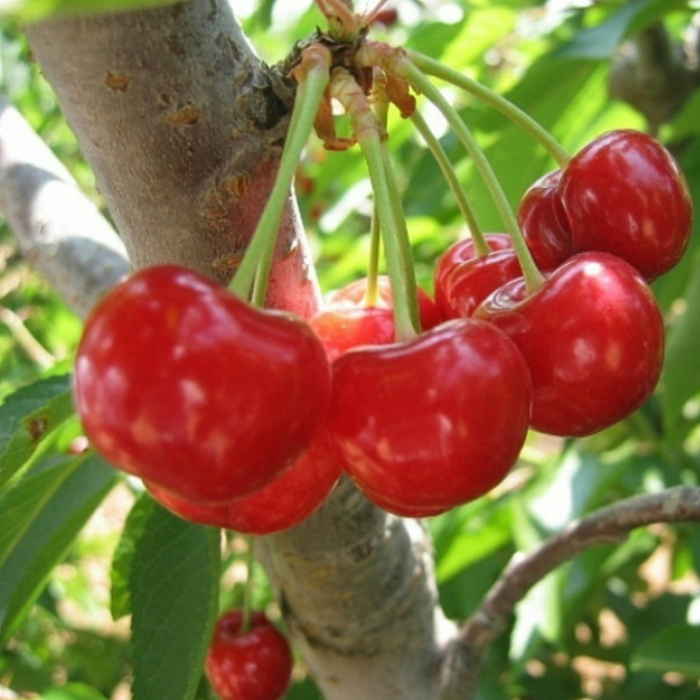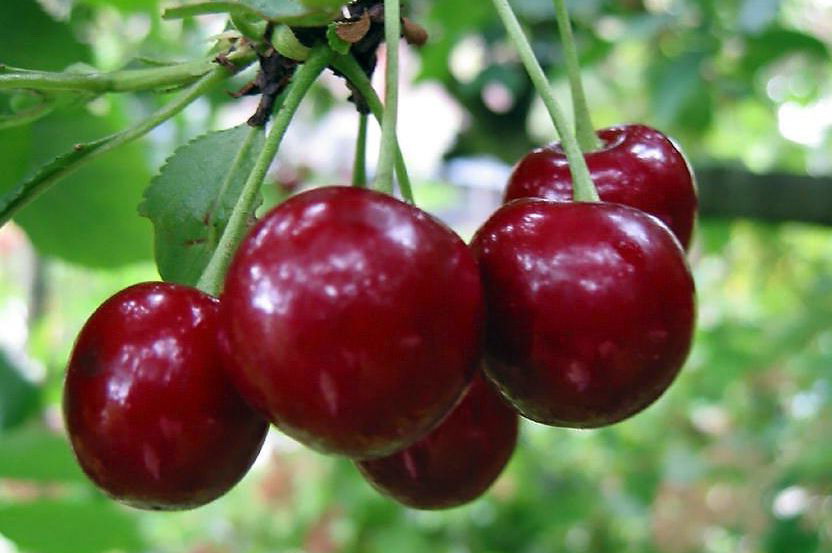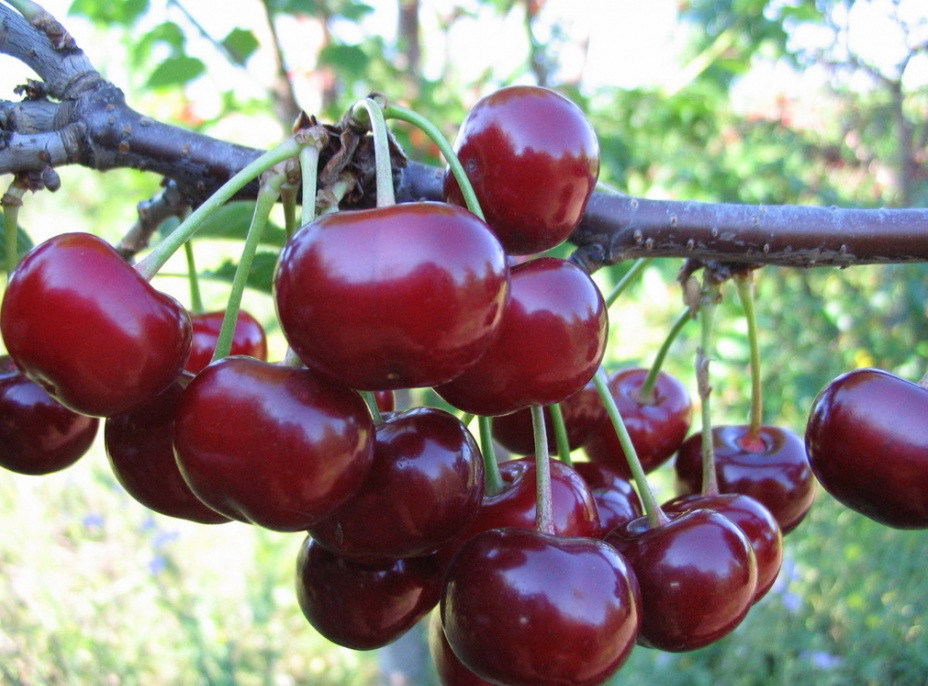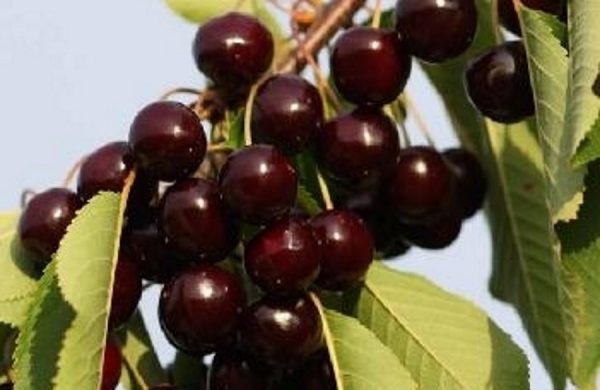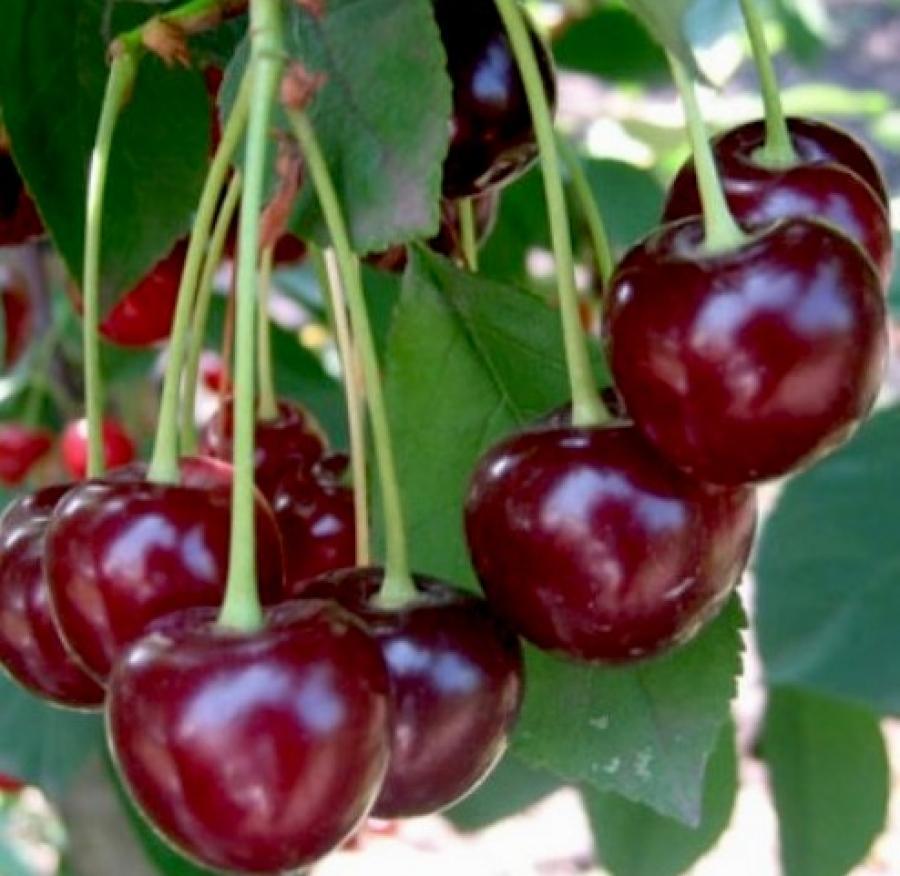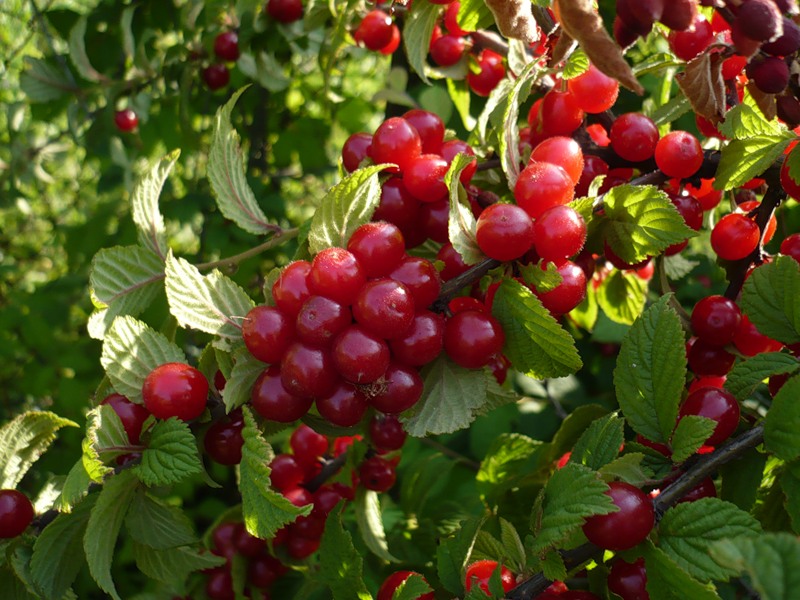Cherry Prima is a medium-sized tree (up to 3 m high) with a spherical dense crown. Prima belongs to the category of varieties that need pollination. For this reason, it is necessary to plant other varieties of cherries nearby, which will serve as pollinators.
Description of the Prima cherry variety
Positive characteristics:
- pleasant taste;
- versatility of fruit use;
- transportability;
- resistance to weather conditions;
- bountiful harvest.
The disadvantages are:
- the tallness of the tree, it is not easy to care for it, it is inconvenient to harvest;
- the need to form a crown.
The fruits are large enough, 4 grams each. Cherry sweet and sour taste, round shape, dark burgundy color, universal purpose. The berries are harvested at the end of July. From an adult tree, you can collect up to 25 kg of berries. Cherries bear fruit fully in the fourth year after planting. The berries do not lose their properties; until September they remain on the tree.
Planting and leaving
When buying a seedling, you need to carefully examine it; the tree must have a developed root system. Saplings of this cherry variety are planted in a sunny area in spring. Sandy ground suits them. The tree is planted so that the root collar is 5-7 cm above the soil surface. For this type of cherry, 9 sq. m., so that nothing interferes with the growth of the tree.
Fertilizer is applied to the planting hole:
- humus (horse, humus) 2 buckets;
- potassium chloride - 15 g.;
- superphosphate - 10 gr.
The next stage of fertilization is before flowering; mineral fertilizing is needed here. In 10 liters of water, dilute:
- urea - 10 gr.;
- potassium chloride - 15 g.;
- superphosphate - 30-40 gr.
In the first year of flowering, it is necessary to cut off up to 80% of all flowers, this is done so that the tree takes root well.
Before planting a tree, the crown is cut so that it is no more than 70 cm in diameter.
While the tree is young, it is recommended to cover it for the winter so that rodents do not damage the thin trunk. And starting from 4-5 years old Prima no longer needs protection.
In the first month of growth, it is necessary to water the tree 1-2 times a week, adding at least 1 bucket of water. Further, watering is reduced to 4-5 times a month, 1 bucket 2 times a day. The last watering is in August, but if the summer is too dry, continue watering until the heat subsides.
Cherries are usually propagated by cuttings, this is the most convenient way. Cuttings 12 cm long are cut in the morning at the end of July. They are planted vertically into the soil in containers 3 cm deep, placed in a warm, bright room. Having attached stops to the container, you can cover it with foil from above. After the cuttings are rooted, they are hardened and added to the garden for the winter. In the spring, they can be transplanted to a permanent place.
You can also dig in a branch in early spring at a distance of 1-1.5 m from the trunk. When young shoots appear on it, a new seedling can be transplanted to a separate place.
Although cherries are frost-resistant, in winter a snow cushion should be formed around the trunk of a young tree.
By planting a cherry tree in the garden, with little effort, you can get a bountiful harvest of delicious, juicy berries.
